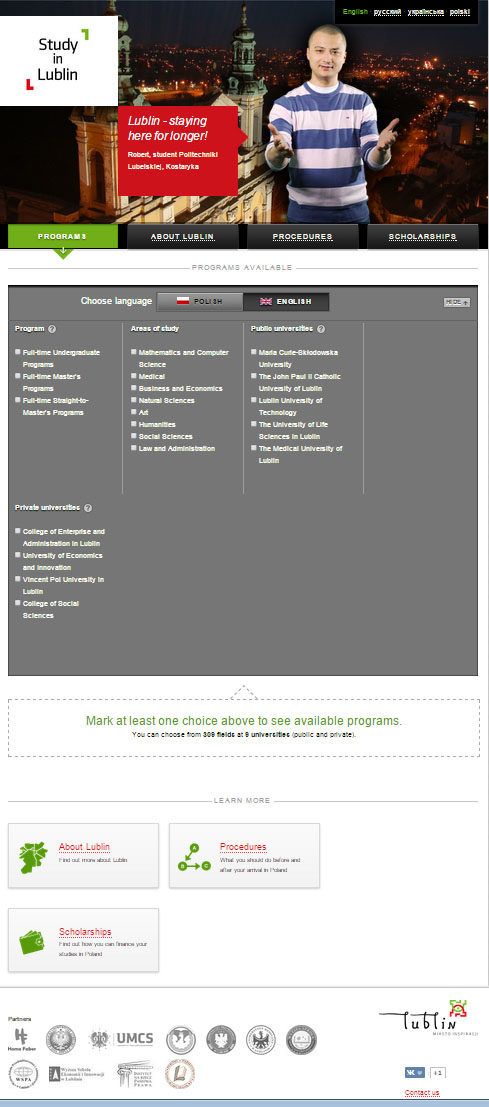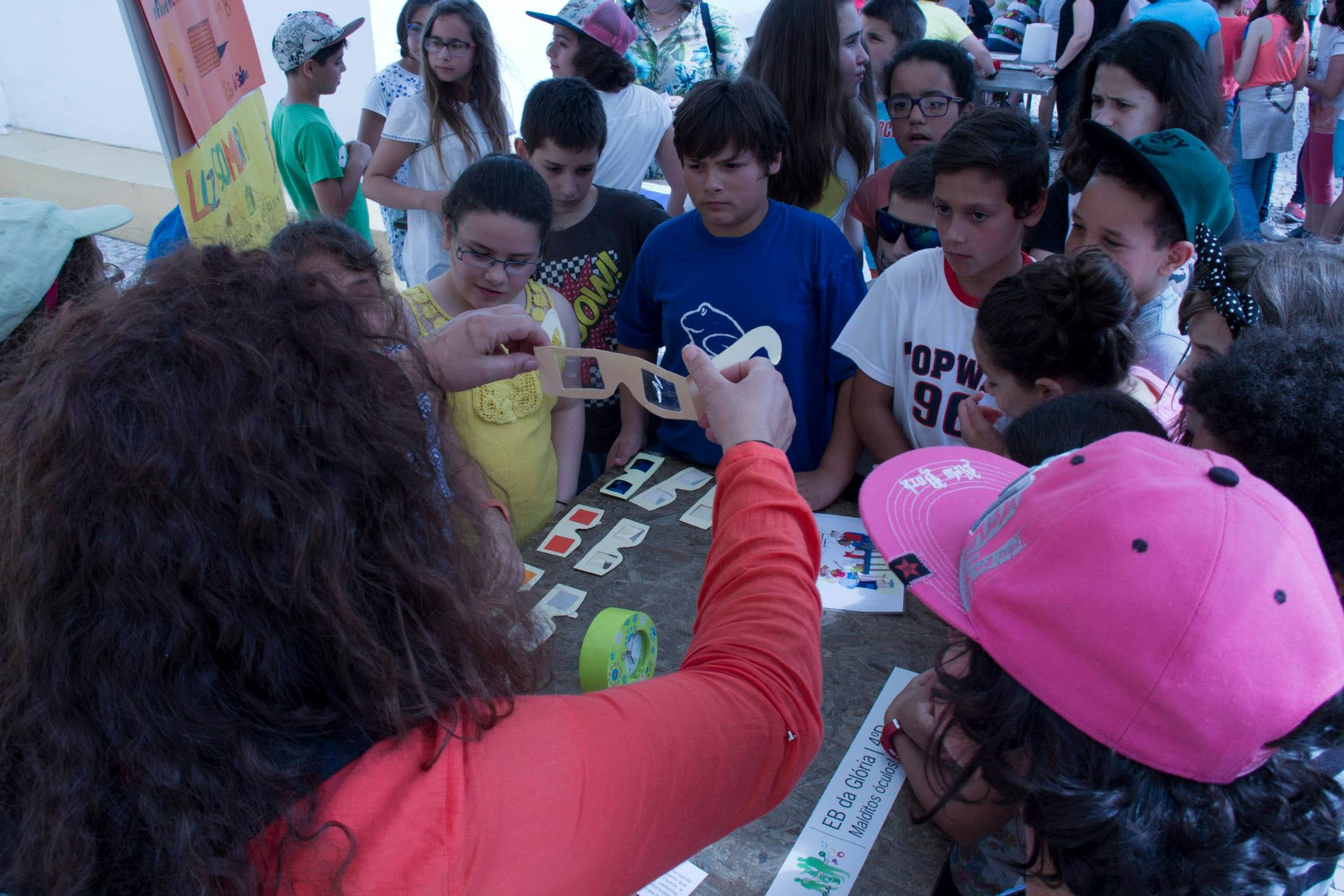City & University: a Symphony for Progress?
Edited on
27 August 2015How can cities and their universities benefit more from each other? What kind of governance is needed to establish fruitful strategic (rather than ad hoc) collaborations? These were the central questions in the EUniverCities project.

The issue has a long history. Many universities started as institutions very much embedded in their local economy and society, set up by urban elites to educate technicians, civil servants and professionals that would serve the local society and economy. Since then, as an overall trend, the local orientation of universities has steadily decreased: many became more oriented to the national or international level (that’s where the funding comes from), and focused on scientific publications and rankings rather than local engagement. But in recent years, we observe a growing interest to re-establish the link between city and university. It comes from both sides. University leaders increasingly understand that an attractive urban environment helps them to lure the best students and researchers. Also, they see that cities can be interesting “living labs” where innovations can be developed and tested. City governments, for their part, have come to recognize “their” universities as engines of the urban knowledge economy, in their role as sources of talent, economic development, innovations, and social and cultural dynamism. Student populations are increasingly recognized as valuable part of the urban society that may also help to address urban problems and challenges. But exploiting these potentials requires collaboration and new forms of governance.
A great example can be found in the Finnish city of Tampere. Here, the Demola programme connects student teams to companies and public organisations in the city. The Demola organisation collects research questions, topics or requests for product development from all sorts of organisations, and assembles multidisciplinary student teams that work on those problems. Students can gain 5 ECTS by participating. Demola runs on a small budget (€300k pa) but it is considered very successful and dynamic.
'There are about 38,000 students in universities around Tampere', says Ville Kairamo, co-founder of Demola. 'But there was no organizational structure to mobilize that young talent and help students work together. With Demola we wanted to offer concrete projects where students learn by doing'.
There are many examples of interesting collaborations…

In the EUniverCities project, we found many interesting collaborations and joint initiatives, in a variety of domains. Here are a few of them:
Empowering the local economy: In Linköping, the university opened 5 liaison offices in the region, where SMEs are brought into contact with university knowledge and competences. Each year, 500 companies are visited to inform them about what’s going on in relevant parts of the university.
Housing: The city of Aachen set up the “Extra Room” campaign (www.extraraum-aachen.de), encouraging homeowners to rent space to the growing number of students. The initiative was taken by the city, in close collaboration with RWTH Aachen University, the UAS, and Studentenwerk.
Student city marketing: “Study in Lublin” is a common initiative by several universities and the City of Lublin to promote the city as student city. Likewise, city and university in Magdeburg created a virtual “travel agency far east”: discover studying in Magdeburg, to attract and inform (prospective) students and their friends from other regions in Germany (www.reisebuero-fernost.de).
Connecting science and society: In Aveiro, city and university created the “park of sustainability”, a park between the campus and a distressed neighbourhood. It is intended to develop a range of activities to bridge the gap between university and the surrounding communities.
Helping foreign students: The city of Magdeburg has made a strategic plan to support foreign students and knowledge workers in a better way, in many respects (issues discussed are housing, allowances, permits, procedures etc.). It is a collaboration of several city departments and the university.
But it’s often not that easy
The examples make clear that strategic city-university collaboration makes sense. But at the same time, cities and universities are very different types of organisations, with very different objectives and drivers, and often they don’t know and understand each other well. This often gives rise to tensions or even conflicts, and prevents much collaboration from seeing the light.
First, they have a different approach to problems. Researchers tend to analyze a problem thoroughly and in a very systemic way, whereas the city is much more pragmatic, expecting results/solutions rapidly (“please tell us quickly and clearly what we have to do”) and may not be that interested in the deep analysis, theoretical backgrounds, precise reasoning etc. Moreover, a scientific approach implies a risk of failure (you are never sure that your initial hypothesis will prove to be right). But is a municipality ready to fail, i.e. to finance and support a project which might have results that are (very) different than expected?
A second barrier concerns timing. The political calendar is different from the academic calendar, and the city typically asks for quick results whereas the time frame of research projects is often longer.
Third, there is often an information problem. On the one hand, city staff is insufficiently aware what kind of competences the university has to offer, and how the university works internally; on the other, researchers often don’t know what types of (research) questions the city has, and have a limited understanding of the political and administrative context in which city officers work.
Moreover, with increasing internationalization, universities may grow detached from their host city or region, or at least put lower priority on local and regional networking. They may come to see themselves primarily as “international players”, prioritizing the international arena. This may give rise to tensions with local authorities seeking co-operation, as happened in the cities of Delft and Aachen, both small cities with a relatively large and ambitious university.
In other cities, especially in central and Eastern Europe, collaboration is complicated because there are many universities. Lublin (Poland) has 5 universities, Varna (Bulgaria) has 7. It is not easy to arrive at strategic agreements with all of them.
Framing the partnership
A first approach is to set up joint mixed working groups or task forces without “formal” competence, that develop solutions for particular topics. Aachen established a Science Alliance: a joint working group of the city, the university, and the university of applied science. In the fast growing city of Ghent, a Local Support Group (LSG) was set up, charged with elaborating a long-term shared vision and a strategy for managing growth in a sustainable way. Six working groups were set up, in which city and university develop solutions together: (1) use and management of public and semi-public spaces, (2) student and image (including communication and co-creation), (3) student housing, (4) mobility, (5) culture and tourism and (6) structural cooperation between city and HEI’s. A similar approach was taken by Lublin, a city with 5 universities that are not used to co-ordinate their activities with each other nor with the city.
A second approach is to set up a dedicated city department for city-university relations. In Magdeburg, the city created a “team science”, that reports directly to the mayor. This team starts and supports all sorts of actions and projects that make Magdeburg stronger as a science city: the Long Night of Science (opening all labs for the public), robot competitions, a congress for science journalists, etc.

A third approach is to set up a common organisation, funded by both sides, that serves as an interface. There are many different types. Tampere’s Demola organisation serves as a bridge between the urban society and the university.
In many places, university and city set up science museums/science experience centres.
A fourth form is a “convenant” between city & university, in which both sides express their mutual dependences and commit themselves to particular actions. The city of Delft and the Delft University of Technology set up a common agenda, in which they express the intention to develop three key themes: 1) Developing an ecosystem for economy &science, 2) The city as campus and the campus as city, 3) A common regional agenda.
In conclusion
Europe’s medium-sized university cities are the “pearls” in the European knowledge society, as birthplaces of new discoveries, ideas, and innovations, and they attract bright young people. City and university are “co-producers” of this urban knowledge society. They need each other to effectuate triple helix partnerships, to boost innovation, to turn the city into a living lab, and to welcome knowledge workers and students from home and abroad.
Europe’s cities and their universities are learning how to do this, but they still have a long way to go, and there is a lot of potential still unexplored. Each city-university tandem has to find its own path, its own new structures and processes that fit the local context.
 Submitted by Willem van Winden on
Submitted by Willem van Winden on




